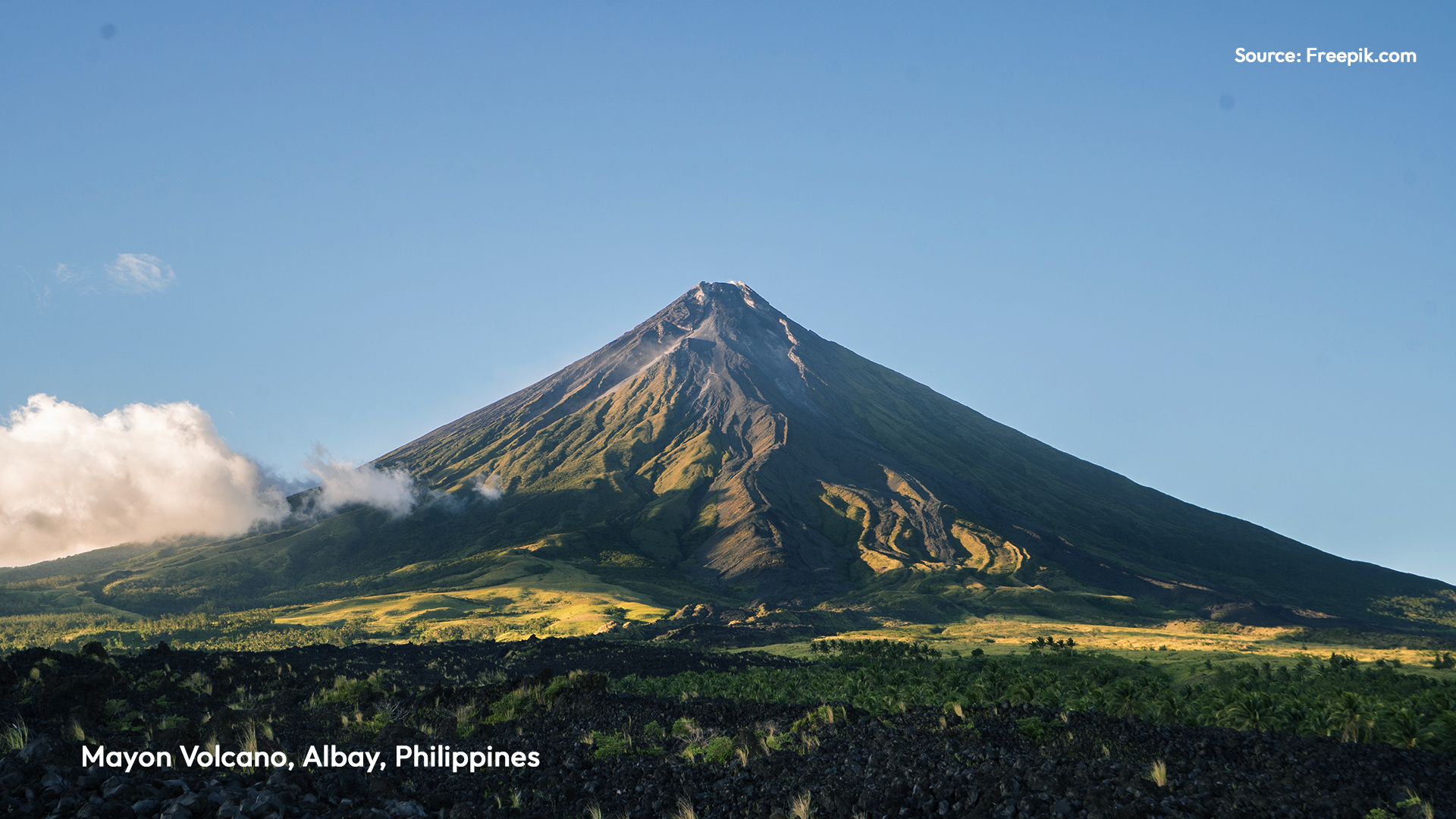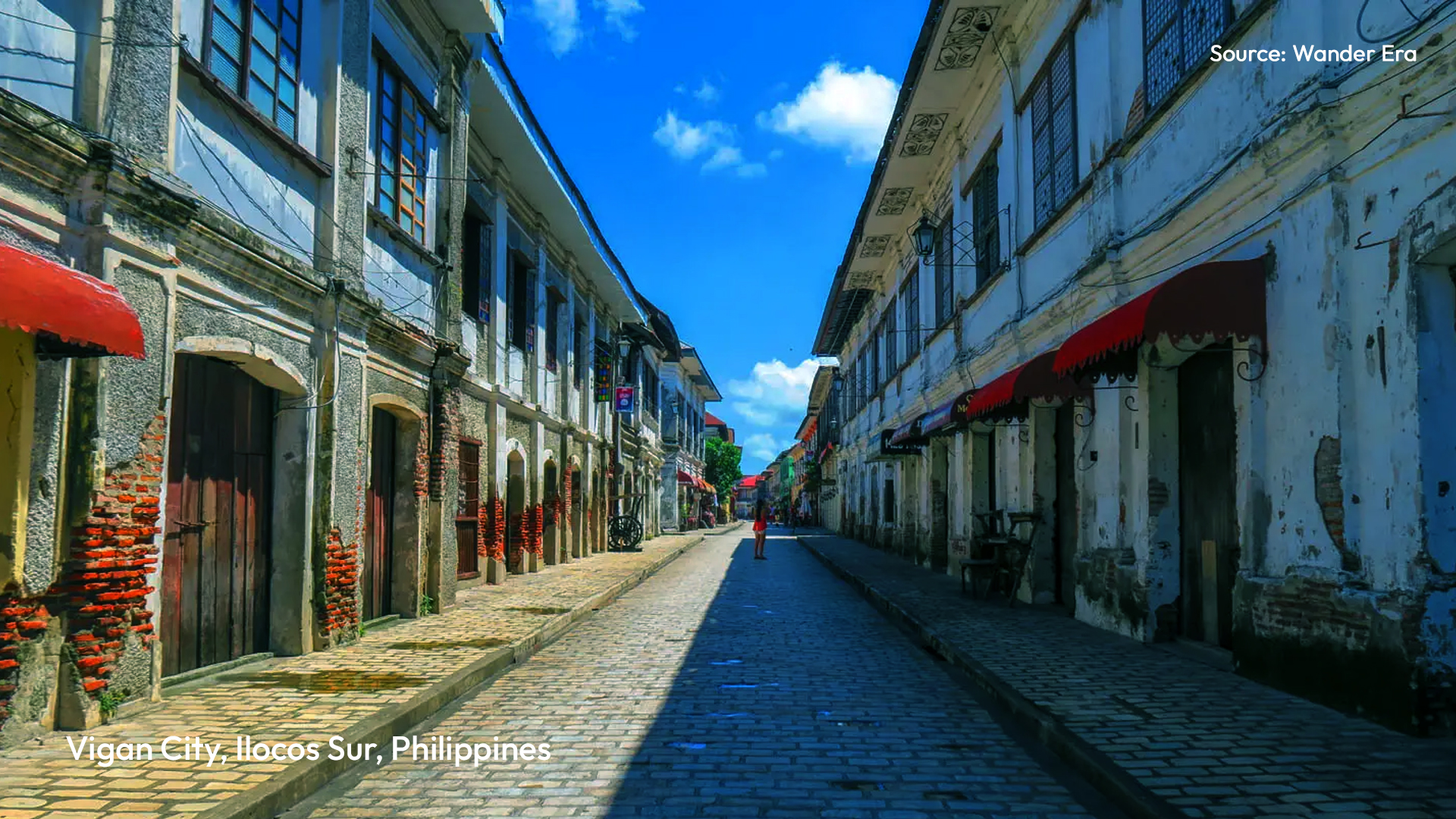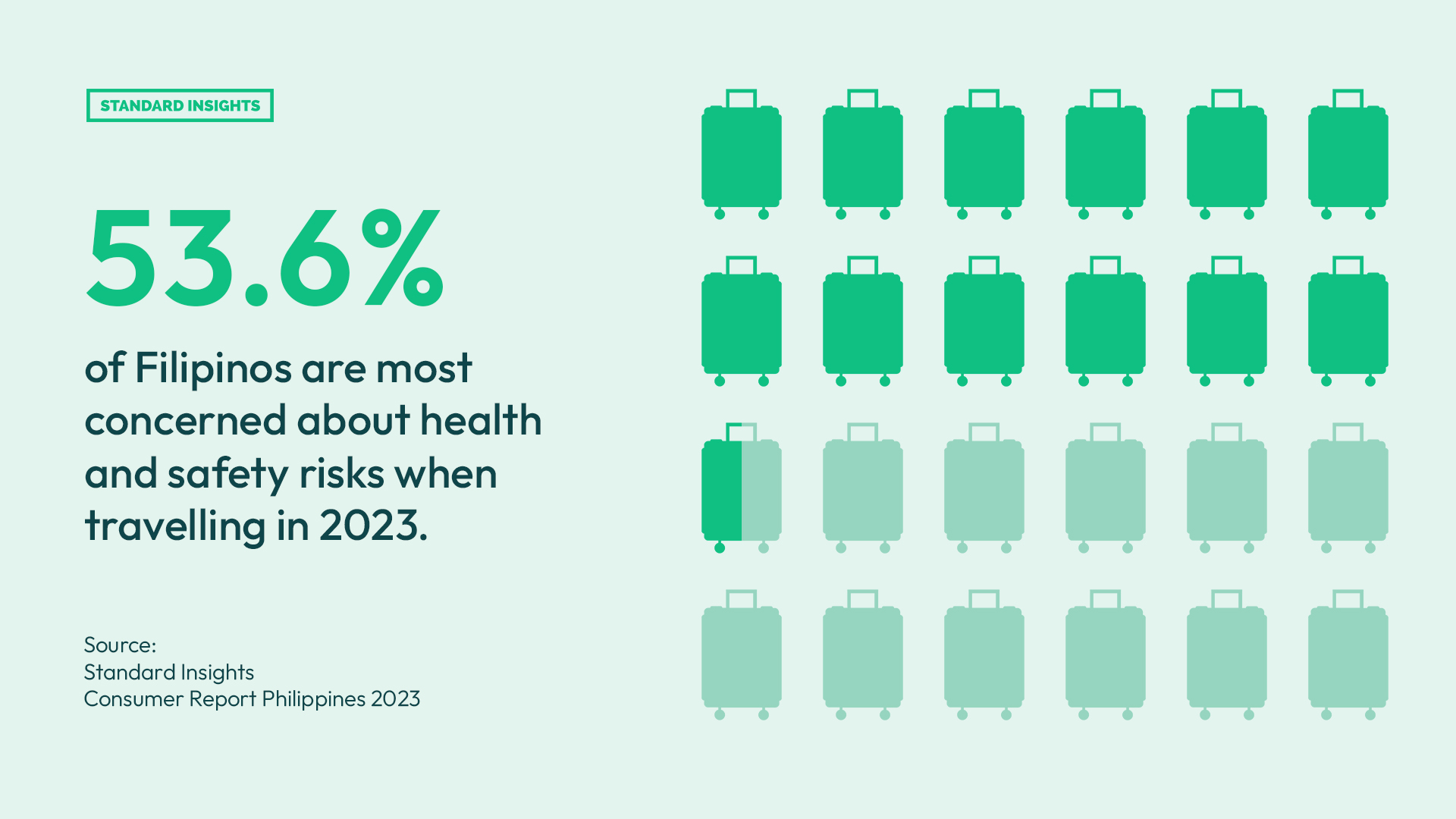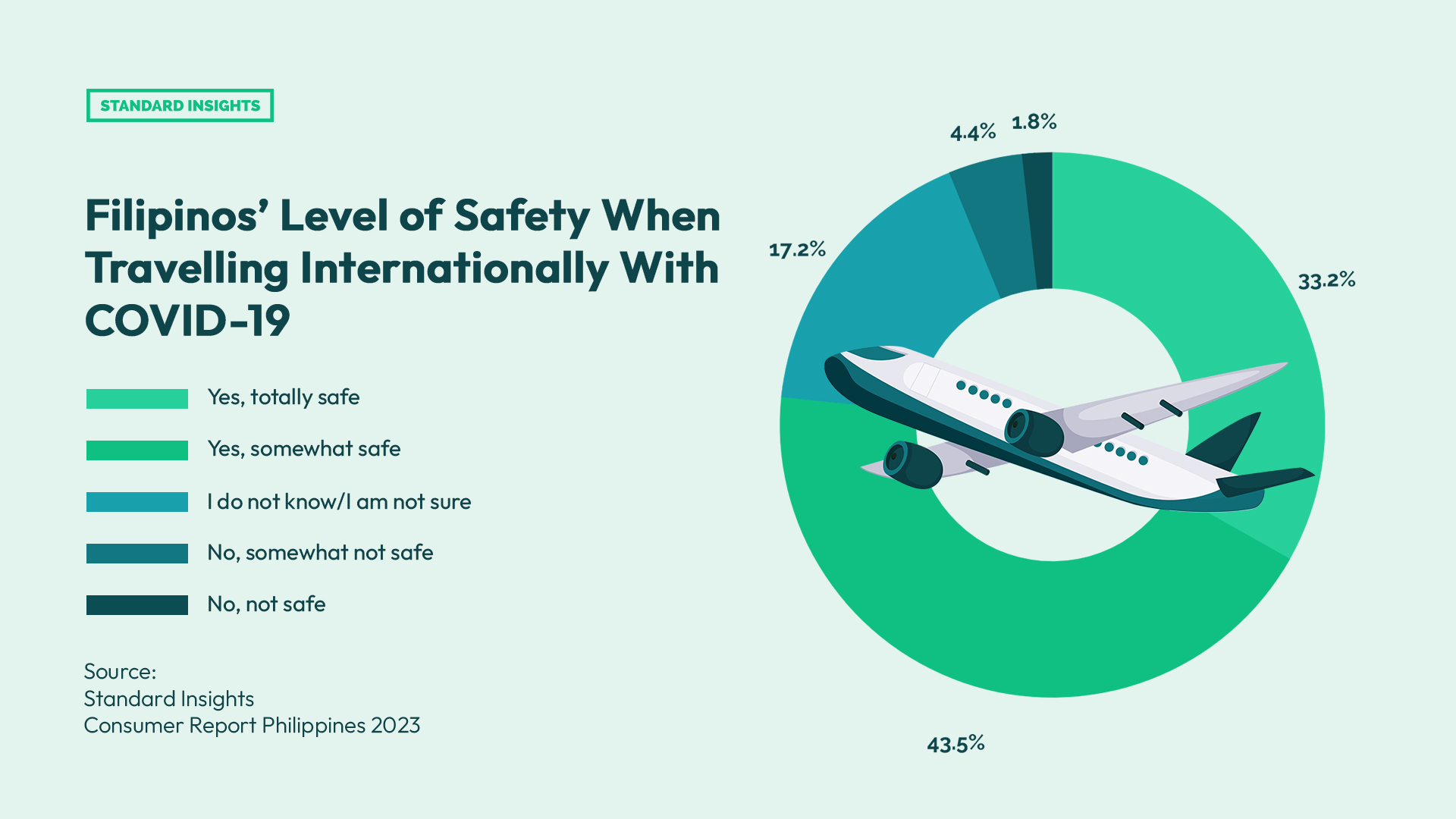Introduction
Travel and tourism in the Philippines is a vibrant and growing sector. The country has many attractions, including beautiful beaches, impressive mountains, and a rich cultural heritage. Every year, millions of tourists flock to the islands of the Philippines to explore its breathtaking beauty and indulge in its offerings. In 2019, foreign arrivals peaked at 8.3 million, indicating the country’s popularity as a tourist destination.
However, the tourism industry in the country suffered significant losses in previous years because of the pandemic. Nevertheless, the country is optimistic and expecting a revival and revitalization of its tourism economy. Continue reading to explore the nation’s thriving sector, its obstacles, and the potential it provides.
Why do tourists love to visit the Philippines?
The Philippines, an archipelagic nation spanning over 7,000 islands, offers an unparalleled and distinctive experience for travellers. With a vibrant culture, delectable cuisine, welcoming locals, and breathtaking natural scenery, the country boasts a diverse range of offerings to cater to all interests. Here are just a few you won’t want to miss out on!
Stunning Beaches
The Philippines is home to some of the most beautiful beaches in the world. From laid-back, crystal-clear waters to vibrant nightlife scenes and everything in between, you’re sure to find something that will suit your tastes. Notable attractions are the stunningly beautiful islands of Siargao, Boracay, and Palawan, all of which were ranked first, second, and third, respectively, on Condé Nast Traveller’s list of Asia’s best islands in 2018.

Adventure & Nature
The Philippines is a nature-lovers paradise, possessing a variety of breathtaking landscapes and diverse ecosystems. The country’s rainforests are home to some of the world’s most exotic plants and animals, while its mountains offer exciting trekking opportunities. Adventure seekers can also enjoy white-water rafting in the Cordilleras or explore some of the country’s many volcanoes including the perfectly cone-shaped Mayon Volcano in the region of Bicol, which is a UNESCO Biosphere Reserve.

Cultural Experiences
The Philippines is a melting pot of cultures, and its vibrant heritage can be experienced through its cuisine, music, art, and festivals. The country also features some of the most beautiful colonial architecture in the world, notably Vigan, a UNESCO World Heritage City and one of Asia’s best-preserved planned Spanish colonial towns. Additionally, the local people are warm and welcoming, and travellers often find themselves connecting with the locals for a truly authentic experience.

Tourism and the Philippine Economy
The travel and tourism industry is one of the major contributors to the Philippine economy. In 2019, the industry contributed a record 12.7% of the country’s GDP, amounting to PhP 2.48 trillion, a 10.8% increase over 2018. It is one of the largest service industries in the country in terms of gross revenue and foreign exchange earnings. It also employs millions of Filipinos, with an estimated 5.7 million people employed in the sector as of 2019. This makes it an incredibly important source of income for many local communities across the nation.
However, the COVID-19 pandemic has negatively impacted the industry in the past few years. Thousands of livelihoods were severely affected and many jobs were lost. In fact, in 2021, the sector was only able to contribute 5.2% to the country’s GDP. Tourism employment in 2021 also took a nosedive at an estimated 4.90 million, which, while higher than the 4.68 million recorded in 2020, is still significantly lower than pre-COVID numbers.
Challenges of the Philippine Tourism Sector
COVID-19 Anxieties
As mentioned, the recent pandemic has brought unprecedented challenges to the Philippine tourism sector. The industry has been one of the hardest-hit sectors, with a significant decline in international and domestic arrivals. As a result, businesses have suffered due to restrictions on travel, social distancing requirements, and a decrease in tourist spending.
In Standard Insights’ most recent Consumer Report Philippines 2023, which surveyed over 1,000 Filipino respondents in November 2022, more than half of the population stated health & safety-related issues (53.6%) were their biggest worry about travelling in 2023.

Interestingly, most Filipinos, specifically 76.6%, feel safe and secure travelling abroad despite the ongoing COVID-19 situation. Merely a minority of 6.2% expressed feeling insecure about international travel this year.

Airline Woes & Airfare Costs
Another major challenge facing the Philippine tourism sector is the limited number of air links between domestic and international destinations. For many years, the country has relied heavily on its domestic airlines to provide service to both local and foreign passengers. However, with a limited number of flights available, it can be difficult for tourists to visit multiple destinations within the same trip. The lack of direct routes from other countries also proves to be an obstacle for those hoping to travel to the Philippines for a holiday or business trip.
Adding to this challenge is the high cost of airfare that affects the Philippine tourism sector. The cost of oil prices has been rising steadily over the past few years, and the cost of airfare is one of the most affected areas due to this trend. Moreover, airfares in the Philippines tend to be higher than in other Asian countries due to taxes imposed by both local and international airlines as well as fuel costs that are often not included in ticket prices. This makes it difficult for budget travellers and those who are looking to save money on their trips.
Infrastructure
Another challenge facing the Philippine tourism sector is inadequate infrastructure and services such as hotels, transportation networks, and attractions available at tourist destinations across the country. Inadequate infrastructure often leads to overcrowding at major tourist spots during peak season and prevents visitors from enjoying all that each destination has to offer. Additionally, poor public transportation options make it difficult for travellers to explore beyond just their immediate area without having access to private transport such as cars or taxis.
Government Tourism Revival Efforts
The Philippine government has undertaken various measures to revive the tourism sector. In 2021, it launched the Tourism Response and Recovery Plan (TRRP) to help mitigate the impacts of COVID-19 on the industry and protect jobs, visitors, and communities by providing financial assistance for businesses and individuals in need. This allows support for the recovery of tourism enterprises and helps to rebuild confidence and growing demand in domestic and foreign markets. The plan also included an incentive program for domestic tourists, which was implemented in late 2021 and aimed to help revive local tourism by offering discounts on accommodations, food, and activities.
Moreover, starting in 2024, foreigners will be allowed to get tax refunds for purchases made in the Philippines as part of the government’s aim to attract more visitors. Value-added tax (VAT), which is presently charged at a rate of 12% on goods consumed domestically, will eventually be refunded to international visitors on items they take out of the country.
Finally, the Philippines can be hopeful about the future of its tourism industry. In the previous year, the country welcomed 2.6 million visitors, surpassing its 2022 goal of 1.7 million arrivals. This achievement has encouraged the Department of Tourism (DOT) to set a new target of attracting 5 million foreign visitors in 2023, double the number from last year.
Conclusion
In recent years, the Philippine tourism industry has encountered a multitude of obstacles, particularly with health and safety concerns. In the aftermath of the pandemic, these issues continue to linger, with over half of the population expressing apprehension about travelling in 2023 due to the ongoing impact of COVID-19. Despite the challenges, the industry remains resilient and adaptable, implementing measures to ensure the safety and well-being of tourists and locals alike.
The government has also responded by launching various initiatives such as the Tourism Response and Recovery Plan to help revive the industry and promote domestic and international travel. By continuing to focus on strengthening infrastructure, encouraging domestic tourism, and offering attractive packages for foreign visitors, the Philippines is taking steps toward restoring its tourism sector to its former glory.
Unlock reliable market research in the Philippines with real and authentic consumer insights. Know the needs and preferences of the Filipino population to help you make well-informed decisions in this dynamic market landscape.




